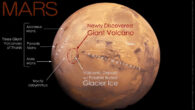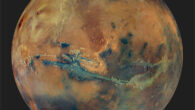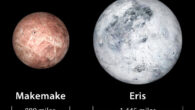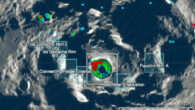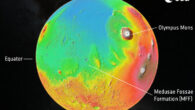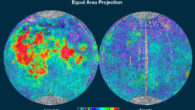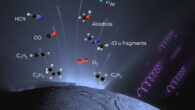Planetary scientists have long speculated about the potential habitability of Venus, not at its hot surface, but in the cloud layers located at 48-60 km altitudes, where temperatures match those found on Earth’s surface. However, the prevailing belief has been that the Venusian clouds cannot support life due to the cloud chemical composition of concentrated sulfuric acid — a highly aggressive solvent. In a new study, chemists studied 20...



